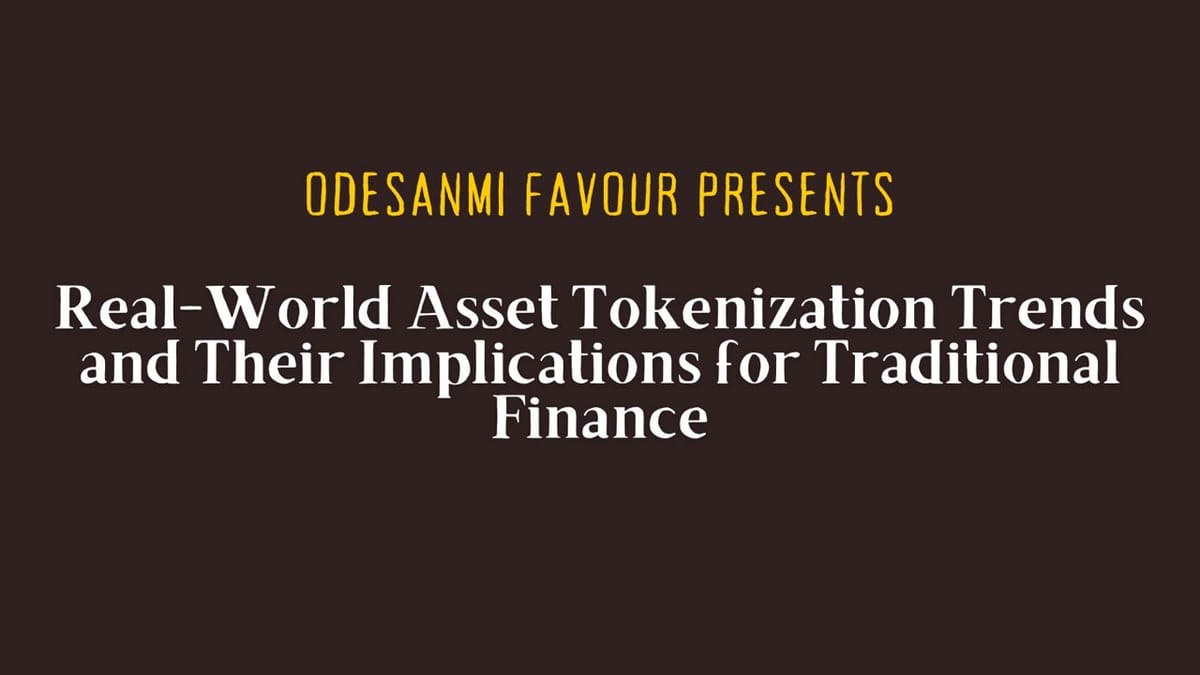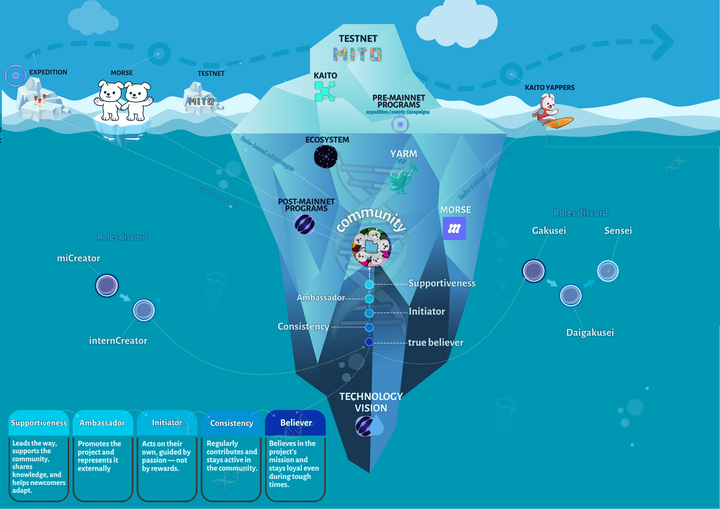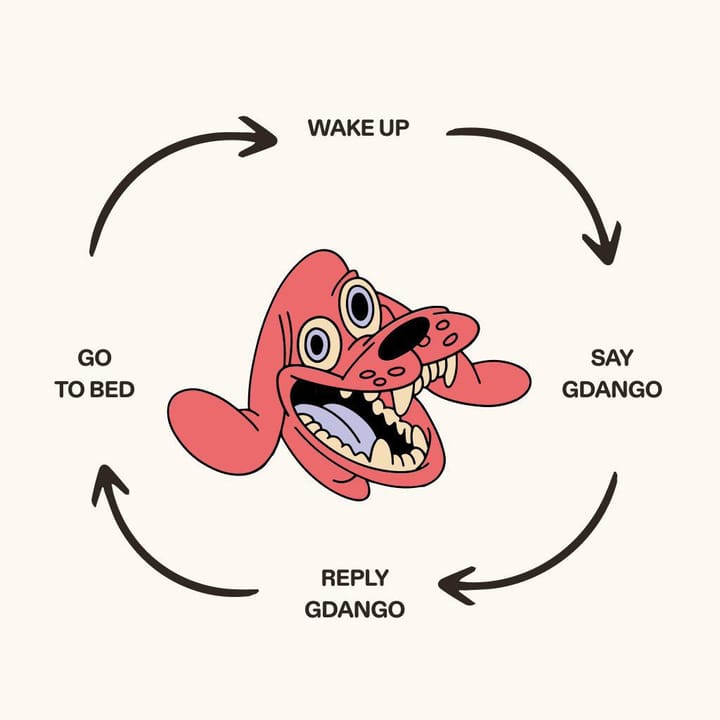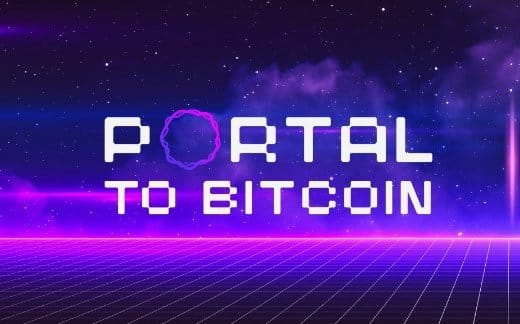Real-World Asset Tokenization Trends and Their Implications for Traditional Finance

Introduction
The financial world is undergoing a seismic shift as blockchain technology and tokenization reshape how assets are created, traded, and managed. Real-world asset (RWA) tokenization—the process of converting physical or intangible assets into digital tokens on a blockchain—is rapidly gaining traction. From real estate to art, commodities to intellectual property, tokenization is unlocking liquidity, enhancing transparency, and challenging the foundations of traditional finance. This article explores the key trends driving RWA tokenization and their far-reaching implications for the financial industry.
In this article, we’ll explore:
1. Growing Adoption Across Diverse Asset Classes
2. Integration with Decentralized Finance (DeFi) Ecosystems
3. Regulatory Evolution and Institutional Involvement
Growing Adoption Across Diverse Asset Classes
Tokenization is no longer a niche concept confined to cryptocurrencies. It is expanding across a wide range of asset classes, including real estate, fine art, commodities, private equity, and even intellectual property. By representing ownership or rights to these assets as digital tokens on a blockchain, tokenization enables fractional ownership, reduces transaction costs, and increases accessibility for investors. The global market for tokenized assets is projected to reach trillions of dollars by 2030, with estimates from firms like BCG suggesting a $16 trillion market for tokenized illiquid assets alone.
For Examples
- Real Estate: Platforms like RealT and Propy allow investors to purchase fractional shares of properties through tokenized assets. For instance, a $500,000 property can be tokenized into 5,000 tokens, enabling investors to buy as little as one token for $100. This democratizes access to real estate, an asset class traditionally reserved for high-net-worth individuals.
- Art and Collectibles: Platforms such as Maecenas and Masterworks tokenize high-value artworks, allowing investors to own fractions of a Picasso or a rare collectible like a vintage car. In 2023, a tokenized version of a Banksy artwork was sold in fractions, with investors trading tokens on secondary markets.
- Commodities: Companies like Paxos and Tether have tokenized gold, enabling investors to hold digital representations of physical gold bars stored in secure vaults. These tokens can be traded 24/7, unlike traditional gold markets with limited trading hours.
Implications for Traditional Finance
The growing adoption of tokenized assets challenges traditional financial intermediaries like banks, brokers, and custodians. By enabling direct peer-to-peer transactions on blockchain platforms, tokenization reduces the need for middlemen, lowering fees and speeding up settlement times. For example, traditional real estate transactions can take weeks and involve multiple parties (agents, lawyers, title companies), while tokenized real estate can settle in minutes on a blockchain. However, this trend also pressures traditional institutions to adapt by integrating blockchain technology or risk obsolescence. Banks like JPMorgan have already launched tokenization initiatives, such as Onyx, to stay competitive.
Moreover, tokenization democratizes investment opportunities, allowing retail investors to access high-value assets previously out of reach. This could disrupt wealth management, as financial advisors must now cater to clients seeking exposure to tokenized assets. However, the influx of retail investors also raises concerns about market volatility and the need for investor education to prevent speculative bubbles.
Integration with Decentralized Finance (DeFi) Ecosystems
Tokenized RWAs are increasingly being integrated into DeFi ecosystems, where they serve as collateral, liquidity pools, or yield-generating instruments. DeFi platforms, built on blockchains like Ethereum, Polygon, and Solana, enable decentralized lending, borrowing, and trading without traditional intermediaries. By bridging RWAs with DeFi, tokenized assets unlock new financial primitives, such as automated lending protocols and yield farming, that were previously unimaginable in traditional finance.
For Examples
- Collateralized Lending: Platforms like Aave and MakerDAO allow users to deposit tokenized assets (e.g., tokenized real estate or bonds) as collateral to borrow stablecoins or other cryptocurrencies. For instance, a user could deposit tokenized real estate worth $10,000 to borrow $5,000 in USDC, using the loan for other investments while retaining ownership of the asset.
- Liquidity Pools: Decentralized exchanges (DEXs) like Uniswap enable tokenized assets to be paired in liquidity pools, providing liquidity for trading and earning fees for providers. In 2024, tokenized U.S. Treasury bonds were integrated into Curve Finance, allowing investors to earn yields by providing liquidity to bond-token pairs.
- Yield Farming with RWAs: Tokenized assets like corporate bonds or agricultural commodities are used in yield farming strategies, where investors stake tokens in DeFi protocols to earn returns. For example, a tokenized coffee futures contract could be staked in a DeFi protocol to earn 5-10% annual yields, far surpassing traditional savings accounts.
Implications for Traditional Finance
The integration of RWAs with DeFi poses both opportunities and challenges for traditional finance. On one hand, it creates new revenue streams for institutions willing to tokenize their assets and participate in DeFi. For example, asset managers can tokenize private equity funds and list them on DeFi platforms, attracting a global pool of investors. On the other hand, DeFi’s permissionless nature threatens traditional banks’ monopoly on lending and credit creation. DeFi protocols operate 24/7, have lower operational costs, and offer higher yields, making them attractive alternatives to traditional savings and lending products.
However, the unregulated nature of DeFi raises concerns for traditional finance. Without robust Know Your Customer (KYC) and Anti-Money Laundering (AML) frameworks, DeFi platforms risk becoming conduits for illicit activities, prompting pushback from regulators. Traditional financial institutions must navigate this tension by adopting blockchain technology while ensuring compliance with evolving regulations. Partnerships between DeFi platforms and traditional banks, such as those seen with Circle’s USDC integration into institutional custody solutions, are emerging as a way to bridge this gap.
Regulatory Evolution and Institutional Involvement
As RWA tokenization gains momentum, regulators worldwide are developing frameworks to govern this emerging market. Simultaneously, institutional players—banks, asset managers, and fintech firms—are entering the space, lending credibility and driving adoption. Regulatory clarity is critical to scaling tokenization, as it ensures investor protection, mitigates risks, and fosters trust. Meanwhile, institutional involvement signals that tokenization is moving beyond experimentation to mainstream adoption.
For Examples
- Regulatory Frameworks: In 2024, the European Union’s Markets in Crypto-Assets (MiCA) regulation provided a comprehensive framework for tokenized assets, defining rules for issuance, trading, and custody. Similarly, Singapore’s Monetary Authority has issued guidelines for tokenized securities, encouraging innovation while enforcing KYC/AML compliance. In the U.S., the SEC has begun classifying certain tokenized assets as securities, subjecting them to existing regulations.
- Institutional Adoption: Major financial institutions are embracing tokenization. BlackRock, for instance, launched a tokenized money market fund on Ethereum in 2024, allowing investors to hold shares as digital tokens. Similarly, Goldman Sachs has partnered with blockchain platforms to tokenize private equity and debt instruments. These moves signal growing confidence in tokenization’s potential to streamline asset management.
- Central Bank Digital Currencies (CBDCs): Tokenized RWAs are being explored in conjunction with CBDCs. For example, the Hong Kong Monetary Authority piloted a tokenized real estate platform in 2023, using its digital HKD to settle transactions. This integration enhances efficiency and reduces counterparty risk in asset transfers.
Implications for Traditional Finance
Regulatory evolution is a double-edged sword for traditional finance. Clear regulations attract institutional capital and foster trust, enabling banks and asset managers to confidently enter the tokenization market. However, stringent rules could stifle innovation or exclude smaller players unable to meet compliance costs. Traditional financial institutions must invest in blockchain expertise and compliance infrastructure to remain competitive.
Institutional involvement also accelerates the convergence of traditional and decentralized finance. As banks like HSBC and Société Générale issue tokenized bonds and equities, they legitimize the market and attract conservative investors. However, this trend could lead to a concentration of power among large institutions, potentially undermining the decentralized ethos of blockchain. Moreover, the integration of CBDCs with tokenized assets could centralize control over financial systems, raising concerns about privacy and autonomy.
Broader Implications and Future Outlook
The trends in RWA tokenization—diverse asset adoption, DeFi integration, and regulatory/institutional involvement—are reshaping the financial landscape. For traditional finance, the implications are profound:
-Disintermediation: Tokenization reduces reliance on intermediaries, forcing banks, brokers, and custodians to rethink their business models. Those that adopt blockchain technology can streamline operations and capture new markets, while laggards risk irrelevance.
- Increased Liquidity: By fractionalizing illiquid assets like real estate or art, tokenization unlocks trillions in value, creating new investment opportunities and stimulating economic growth.
- Global Accessibility: Tokenized assets can be traded globally, 24/7, breaking down geographic and economic barriers. This democratizes wealth creation but also demands robust investor protections to prevent fraud and speculation.
- Systemic Risks: The rapid growth of tokenized assets and DeFi introduces risks, including cybersecurity threats, smart contract vulnerabilities, and regulatory uncertainty. Traditional finance must collaborate with regulators and technologists to mitigate these risks.
Looking ahead, the tokenization market is poised for exponential growth. By 2030, tokenized assets could represent a significant portion of global financial markets, driven by advancements in blockchain scalability, interoperability, and regulatory clarity. Traditional financial institutions that embrace tokenization will likely thrive, while those that resist may struggle to compete in a digital-first world.
Conclusion
In conclusion, RWA tokenization is not a passing trend but a transformative force in finance. By enabling fractional ownership, integrating with DeFi, and gaining institutional and regulatory support, tokenization is bridging the gap between traditional and decentralized finance. For traditional institutions, the challenge is to adapt swiftly, balancing innovation with compliance, to seize the opportunities of this new financial frontier.



Comments ()